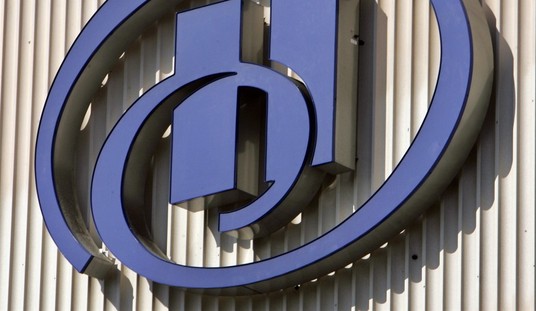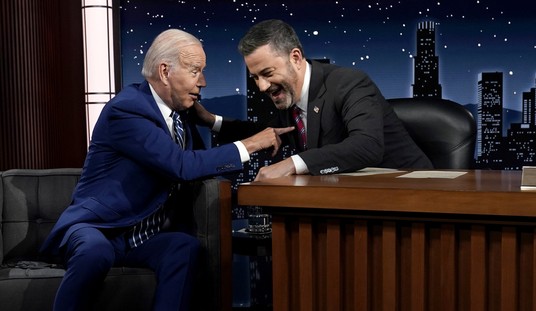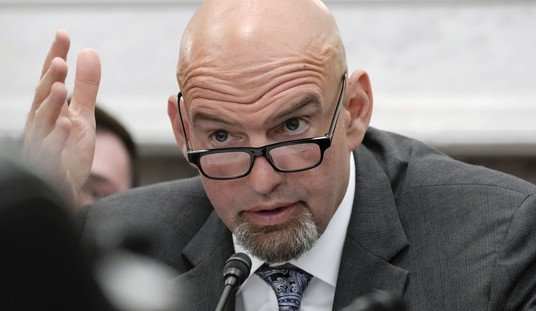Conventional wisdom based on campaign spending has observers very skeptical about Donald Trump’s get-out-the-vote efforts in the early primary states. Most of Trump’s public efforts have been focused on personal appearances and free media from coverage of his controversial statements — and that’s been enough to propel him to the top of media polls for months. The expectation, as the contests in Iowa and New Hampshire rapidly approach, has been that Trump’s broad appeal and media-heavy approach won’t translate into voter turnout.
Yesterday evening, Ken Vogel and Darren Samuelsohn threw a little cold water on those assumptions. Jazz noted this story earlier today, but it’s worth taking a closer look at it and sussing it out a bit more. While questions about Trump’s organization still remain, he has definitely taken an interest in acquiring the data needed for effective GOTV, the two reported at Politico:
The team is led by two low-profile former Republican National Committee data strategists, Matt Braynard and Witold Chrabaszcz, and includes assistance from the political data outfit L2, according to multiple sources familiar with the effort. The data push is focused on integrating information Trump has collected, through his campaign website and at voter rallies, on nontraditional or unregistered supporters. It also includes commercial data obtained from the RNC and other sources, in an effort to mobilize voters in key early states, the sources said.
Trump’s campaign manager, Corey Lewandowski, who has significant experience in voter registration, declined to comment on the data program. “We don’t discuss internal procedures; however, Mr. Trump has been underestimated through every step of this campaign, to many people’s demise,” said Lewandowski, who ran a pilot registration project for Americans for Prosperity in 2014. …
And, while the extent of the campaign’s data program remains unclear, it’s likely less robust than those built by the more traditional campaigns of his rivals, including Ted Cruz, Marco Rubio and Jeb Bush, who have combined to spend tens of millions of dollars on data.
But the very existence of the Trump data program undermines the assumption that his campaign is uninterested in ― or unaware of ― the basic technological infrastructure needed to identify and mobilize voters. Such tools, used so effectively by Barack Obama during his two presidential campaigns, could be especially critical for Trump as he seeks to increase turnout among new or untraditional GOP voters.
Full disclosure: L2 was gracious enough to allow me to access some of their data for research on my upcoming book. In fact, I met an L2 rep at an AFP event in the spring by chance, who made me the offer; they are serious about marketing their services. Their data is equally serious. Most of what I needed was higher-level demographics and neighborhood mapping, so I didn’t need to access their granular data, which is what Trump is paying to access, but I saw enough to know that they have a serious data set. If Trump is doing his own data collection on the ground, L2 would be able to provide a significant framework for use in GOTV efforts.
That still depends on organization, though, and this is where it gets a little murky. Those efforts cost money to put people and other resources on the ground, and so far Trump hasn’t spent a lot of it … at least not through the end of the third quarter. His fourth-quarter spending might have more evidence of building a GOTV infrastructure, but that’s pretty late in the game, too. That may be an issue when it comes to making use of the RNC’s voter data, to which Team Trump only gained access in the past few weeks, and only on an agreement that Trump would support the eventual nominee. Trump’s team may have the necessary skills to make use of that data in a short period of time, but it won’t be easy to organize that and the resources necessary to exploit it fully.
Clearly, though, the Trump campaign takes it seriously now, even if it took them a while to do so. (Vogel noted that the RNC made the offer to share data in June, but Trump didn’t pursue it.) That means assumptions that Trump plans to win solely on a 30,000-foot basis have reached their expiration date. It still leaves the question of whether Trump has invested enough in infrastructure to turn out the diffident, occasional primary voters that seem to have formed a significant part of his base. The answer to that will be found in part in the next quarterly reports, but mostly in the caucuses of Iowa and the ballot stations of New Hampshire. Overall, though, I agree with Jazz — don’t sell Trump short on the basis of organization.







Join the conversation as a VIP Member